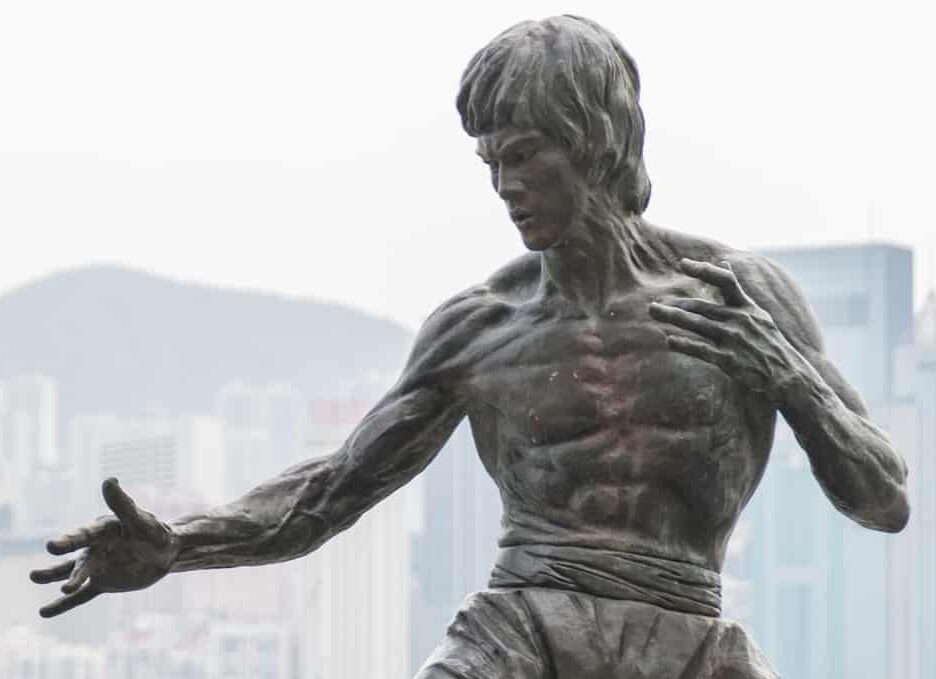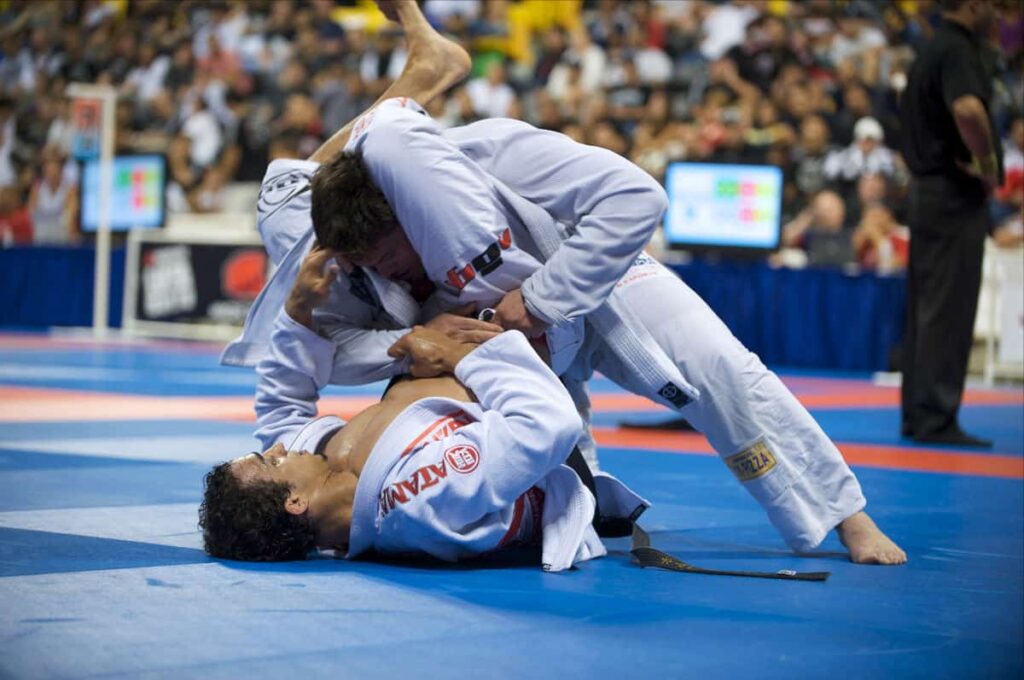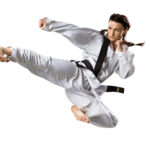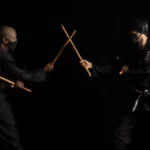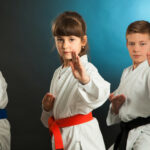In terms of “creating” quality products there is no country in the world that can match the high standards set by the United States of America. The unique feature about the “list” of products that have been developed by America over the years is that, it also includes several martial art forms that have been inspired from East Asian countries like China and Japan. One such martial art form that was discovered in America is the “Small Circle Jujitsu”. Now, this form of combat was created by a Hawaiian martial artist named Jay Wally, who based it on “10 basic principles”, and they are as follows:
a. Balance:
Like most other martial art form and other sports, the “Small Circle Jujitsu” too requires the fighter to be well balanced during combat.
b. Mobility and Stability:
“Center of gravity” plays a key role in providing stability and mobility to the fighter during combat. Furthermore, the fighter with a lower center of gravity will be “more stable and mobile” than one with a high center of gravity.
c. Avoid the Head-On Collision of Forces:
During a duel the fighter must try and avoid the full power of an attack made by an opponent, by avoiding what can be termed as “head-on collision force”. And so in order to avoid this “collision force” a fighter must either evade, deflect, blend, or redirect.
d. Mental Resistance and Distraction:
During a combat the fighter will have to mentally resist and overcome the “pain barrier” in order to overcome the opponent. In addition, the fighter must also be able to avoid getting distracted due to “pain” during the duel.
e. Focus to the Smallest Point Possible:
During a duel the fighter must aim to apply maximum force so as to cause maximum “pain” to the opponent. Furthermore, to cause maximum pain the fighter needs “focus” on the smallest possible base available on the body of the opponent.
f. Energy Transfer:
The use of a move during a duel called “reverse armbar” by a fighter in which knuckles are used to exert pressure over the triceps tendon of the opponent is a classic example of “Energy Transfer”.
g. Create a base:
In small circle Jujitsu, a base is essentially created by a fighter so as to prevent the extra use of the fingers, wrists, or any lock on the limbs by the opponent. In addition, this technical term is only used in this form of combat.
h. Sticking, Control, and Sensitivity:
Sticking is a key technique used in the “small circle Jujitsu” that a fighter needs to master in order to overcome an opponent. Furthermore, while “sticking” the fighter must constantly in be contact with the opponent to prevent any attempt made to “escape”. In addition, to skill, and control this technique also requires “sensitivity”.
i. Rotational Momentum:
Rotational Momentum is yet another key technique used by a fighter in this form of martial art to overcome an opponent.
j. Transitional Momentum:
“A counterattacking technique” would be the best way to describe Transitional Momentum. Furthermore, this technique basically helps a fighter to switch easily from one technique to another and thereby counterattack all moves attempted by the opponent.
')}
